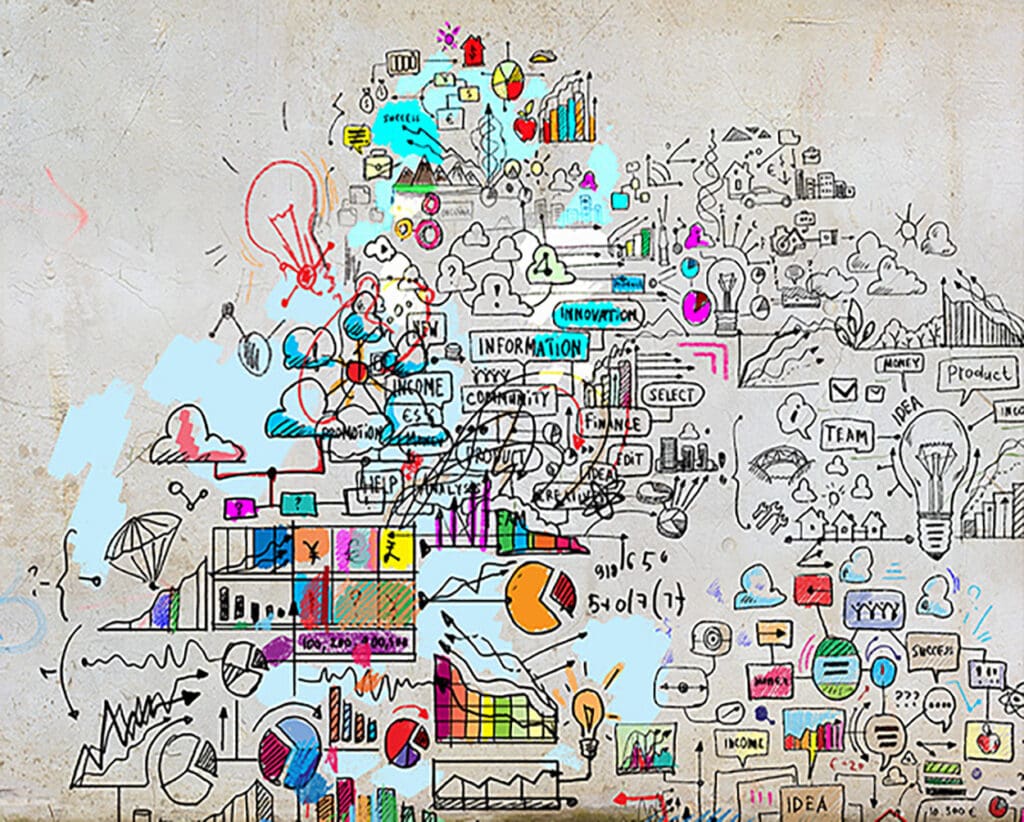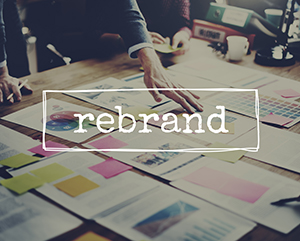How Artificial Intelligence is gaining ground in marketing
Artificial Intelligence has long been a favourite topic in popular culture. From Terminator to I, Robot; 2001: A Space Odyssey to The Matrix, there are no shortage of visions as to what the future of Artificial Intelligence (AI) may look like. This week the question of AI has been high on the agenda of many an industry commentator. Some of the biggest brands have now announced their intention to introduce “chatbots” to their marketing strategy. This week, we explore the pros and cons of marketing chatbots. We show who’s using them, and what they might mean for the future of brands.
Just chit chat?
In the first weeks of April, discussions surrounding the “chatbot” have been rife. Last week International Business Times (IBT) published an article entitled, ‘Chatbots: What can they do and why is everyone talking about them?’ They argued that ‘the dawn of the bot is upon us.’
In terms of a definition, IBT describes a chatbot as ‘a rudimentary form of artificial intelligence software that can converse with humans to answer questions or simply natter to us in as lifelike a manner as possible.’
The concept in itself is not unfamiliar. Think about Siri, Apple’s human-sounding organisational tool, or Microsoft’s equivalent Cortana. These are perhaps early examples of how computer programming can allow a technology application to mimic human conversation. Siri’s stock of humorous answers to questions are just one way in which these early chatbots created a human appearance.
But now chatbots are taking things one step further. As The Guardian explores, new chatbot releases such as Kik allow users to find or receive information, without conducting a manual search across multiple apps and platforms. Kik’s H&M bot, in the words of The Guardian, ‘injects an inquisitive sales associate into your online shopping experience’ by encouraging you to tell it about your style, recommending outfits you may like, and then sending you to H&M’s mobile site to buy said outfit. The Guardian expects that as chatbot technology develops, you may be able to cut out this final step. Soon, you might simply instruct your chatbot to ‘charge it to my Visa and ship it overnight to my home address.’
The brands breaking boundaries
Perhaps unsurprisingly, some of the brands pioneering the way forward are those whose already big names are set to benefit from the boom in messaging that marketing chatbots can bring.
Take Facebook, for example. At the F8 Facebook Developer Conference held in San Francisco last week, Facebook announced its decision to invest more into the Messenger platform it released in 2014. While for most users, Messenger’s release simply meant a separation between the standard Facebook app and its Messenger function. For developers and marketers, this change could now be pioneering. According to VentureBeat, Facebook is now ‘focusing on a new interface to drive “conversational commerce” [which is] centered around “delivering convenience, personalization, and decision support while people are on the go.’ [sic].
According to The Telegraph, bots will appear in your Messenger app just as a friend would. This allows you to exchange messages to perform a task or receive information. Facebook is aiming for ‘a rich interactive experience’, with The Telegraph arguing ‘Facebook may ultimately let brands contact you independently through Messenger, if they think you may be persuaded – a whole new era of targeted advertising’.
An automated future for brands?
Despite the relative infancy of chatbot development and integration, brand marketers believe there are a number of opportunities on offer.
A recent article by Adweek has claimed that ‘the emergence of chatbots could have profound implications for brand interactions with their customers’. Huge brand names as diverse as Barbie and Uber are buying in to the chatbot hype. VentureBeat have gone so far as to say that ‘your bot is now your brand’, suggesting top tips for marketers to create engagement with bots. These tips include;
- Creating a ‘pull effect’ so that users are encouraged to initiate engagement rather than being spammed by unwanted bot initiations.
- Understanding the text-heavy nature of messaging platforms
- Focusing on ‘ways to engage users in a meaningful conversation rather than just serve up banners or video spots’.
- Creating a smart plan to deal with the high frequency and intensity engagement that chatbots allow.
The Drum has reported that major brands are speculating whether the new focus on chatbots will in fact see the death of the company website. Dutch airline KLM has been among the first to embrace the marketing opportunities offered by Messenger. Last November they streamlined their huge volume of customer enquiries into the app. Now, they offer by ‘the option to have booking confirmation and boarding passes sent via the platform as well as answer any queries.’
KLM’s figures show that at peak times the airline receives thirteen messages a minute. The dawn of the bot could revolutionise their ability to respond with speed, accuracy and in-line with their brand ethos.
The talk about chatbots is far from over for marketers. The technology is just getting underway and its potential not yet fully explored. The journey so far has not been without its problems, though. We’ve already seen the storm surrounding Microsoft’s bot Tay and her racist remarks.
Facebook’s venture is still in its early stages, but the technology is moving fast. According to Marketing Magazine, successful chatbots will firstly prove themselves genuinely useful. But, then they must also have that much sought-after ‘human touch’.
We can’t see the humans behind the brand being replaced just yet. However, the future of brand-consumer interaction is most certainly changing.
Want to make sure you’re always primed for the next marketing must have? Then get in touch.




